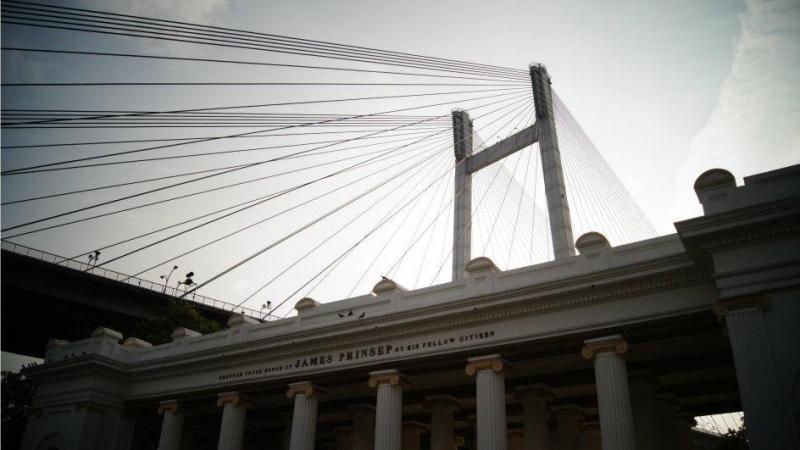
Kolkata, the city of joy, is one of the densely populated cities in India. Situated on the banks of the Hooghly River, in the Indo-Gangetic plain, the city is home an estimated 14.1 million people. But, like most cities in India, the city of joy has a big worry -- depleting groundwater. Data from the Kolkata Municipal Corporation report of 2007 shows a fall in groundwater from 11m to 7m between the years 1958 to 2003. Now, an alarming study shows that this depletion could slowly sink the city due to land subsidence.
Land subsidence or the vertical lowering of the earth is a result of compaction of aquifers -- a reduction in the porosity of the underground sediments due to compaction of confining layer above the aquifer due to over extraction of groundwater. That is the over extraction lead to reduction in water pressure resulting in downward movement of water from the clay layer present above. This results in compaction of upper clay layer and hence the land subsidence, causing serious damage to buildings, roads and other infrastructure.
In this study, researchers from the Anna University, Chennai, used a microwave-based remote sensing technique to assess changes in Kolkata’s land subsidence for the years 2003, 2007 and 2011. “The remote sensing technique allows the detection and monitoring of ground settlements, by generating velocity maps of the underground deformation with high accuracy upto the millimeter”, explains Dr. Elango, Professor at Anna University, and one of the authors of the study.
Land subsidence can be measured using other techniques including measuring aquifer compaction, using global positioning system (GPS) measurements, or the pressure of the groundwater in the aquifers. However, they are not very accurate. The Differential Synthetic Aperture Radar (SAR) Interferometry (D-InSAR) technique, used in this study, measures the topographic changes with high precision. This technique is also used in studying landslides and glaciers.
In the D-InSAR technique, two images of the same portion of the Earth’s surface obtained from the radar kept in polar orbiting satellites are processed. The difference between the two are then analysed to detect changes in the land surface. “Since the radar satellites pass over the same area once every 11, or 35 days, it is possible to detect and monitor morphological changes to the land surface variations with this frequency. Conventional methods of surveying are time consuming, and can be done only at selected points and not on a regional level”, says Dr. Elango.
The results of the study pointed at high land subsidence in northern and central part of the city, ranging from 12-18 mm per year. The researchers observed that the land in the city had sunk further, from 48mm in 2003-2007, to 56mm in 2011. These results call for an immediate action on groundwater management in growing urban areas to prevent further sinking of land in the years to come.






